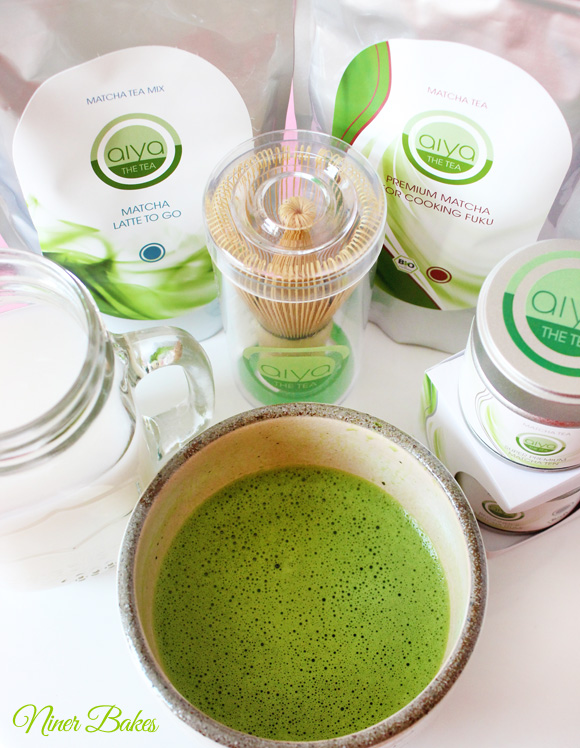

A color that’s more yellow-green, and they often have an astringent-like bitter taste which can cause an upset stomach. Lower grade teas will be grittier due to the more mature leaves being used, as well as stem fragments which weren’t fully removed. Since they have the most chlorophyll, the powder is a vibrant green. Pure organic ceremonial grade tastes smoother, because it’s made from the top leaves which are the softest. After you brew a cup of tea, even a novice can decipher between them. Some manufacturers are misleading and call their product “ceremonial grade” when actually, it should be called ingredient or food grade. What is the best matcha, ceremonial grade, will have a vibrant green color. Zen monks aside, the frequency of drinking it may be comparable to how Westerners drink champagne at weddings, New Years, and other celebrations. Aside from royalty and aristocrats who could afford to drink it daily, the best matcha tea was called ceremonial grade it was the first harvest and saved for special occasions.

Since its production requires more labor, historically this has not been a cheap beverage. Theanine is an amino acid believed to promote relaxation. As a result, matcha tea has more antioxidants, caffeine, and L-theanine versus regular green tea. That causes the plant to make more chlorophyll – which gives the powder its vivid green color. The differences between green tea and matcha is that with the latter, the leaves are fully de-stemmed and prior to harvest, they are grown in the shade for up to 20 days.

Both matcha and regular green tea come from the same Camellia sinensis species, but they are grown and processed in different ways. That describes how matcha is made, as the leaves were traditionally rubbed with stones and turned into a fine powder. The name comes from the combination of two Japanese words matsu (to wipe or rub) and cha (tea). The plants are shaded under a black netting, which alters how they grow and the resulting nutritional benefits. To begin, you have to understand exactly what this thing is… What is matcha?

Our reviews of tea brands at the bottom will help steer you in the right direction. Is tea safe from Japan after the Fukushima nuclear meltdown? Our current analysis of radiation in the region provides an answer you may not be expecting.įor these reasons, you shouldn’t shop for it like a commodity based solely on price, because the health benefits (or side effects) really can differ based on where the plant is grown. You will be shocked to hear just how many of the 1,225 green tea samples tested exceeded legal limits for lead content (see below). This plant is notorious for sucking up too much of the bad stuff in soil. hype), and how you can avoid its dirty secret.ĭepending on the source, it might be laced with dangerous levels of lead and other heavy metals. Let’s get back to the roots of the traditional tea, what benefits it might offer you (facts vs. Yes they’re delicious, but they’re a candy… not a health food.
Matcha aiya how to#
The more appropriate moniker for those would be diabetic disaster, or how to eat your way from fab to flab.ĭitto for Nestle’s flavored Kit Kats on Amazon, which are imported from Japan. Not healthy!Įqually guilty are the folks who lie to themselves, believing their pancakes or no bake matcha cheesecake recipe qualifies for superfood status. It was nothing like the Starbucks matcha green tea latte, which is just a sugar bomb – 32 grams for a Grande. They weren’t serving it over ice or in a smoothie. Now what the Zen monks made was surely a far cry from today’s uses for matcha powder. He had traveled to China at least twice, where he got these seeds. by a Japanese Buddhist monk, Myōan Eisai ( 1). The seeds used to make it were first brought to the country – to the city of Kyoto – in 1191 A.D. The history of matcha in Japan is nearly a millennium old. Unless you’ve been living under a rock, you’ve definitely noticed this new craze. It tastes so good (or makes me feel sick).


 0 kommentar(er)
0 kommentar(er)
